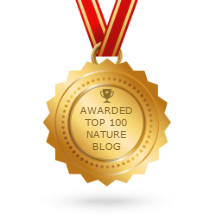A small rural village in Queensland’s Samford Valley marks the site of our home. Here on Australia’s east coast, surrounded by two state forests and four rugged mountains, we enjoy exploring ways to engage with the beauty of our natural surroundings.
One favourite destination is a large mountain, Mount Glorious. It rises to a height of 600 metres above sea level. In the oppressive heat of our high summer we often head to its crest and cooler temperature, where we spend a comfortable day. Driving through the mountain’s splendid scenery we are always amazed at its abundance of native rain forest cover—mighty trees, tall palms, and numerous ferns. Flocks of tropical birds, white cockatoos, and brilliant parrots often fill the skies.
On a recent visit, a sign post entitled, The Westridge Outlook, caught our eye. Exiting onto a dirt road we followed this to a car park. Here a wide board walk, enclosed by a fence of metal railings stretched ahead. This walkway was built to encircle an immense rocky outcrop.
Strolling along we admired a mixed forest of grey gums, spotted gums and tall tallowwoods. Long ago these original timber forests were harvested by timber cutters using only axes and cross-cut saws. The fallen trees were loaded onto wooden carts and pulled by a team of oxen to the nearest sawmill. Thankfully this deforestation was discontinued, and today its remains are protected as a reserve for public enjoyment.
Reaching the half-way mark, the boardwalk expanded into a large viewing area, to expose an open outlook. The rims of distant mountain ranges, shrouded in a blue haze, framed the horizon. We stood in awe at the view of Lake Wivenhoe, our main dam and water catchment area. The upper reaches of the Brisbane River snaked through the landscape, as the D’Aguilar State Forest spread its abundant natural beauty beneath us. It was a breathtaking sight.
We finished our walk around the ancient rocky escarpment, to end at the point of our beginning. Hopefully other visitors will also discover this hidden treasure, and the magnificent views on offer at the Westridge Outlook.






















